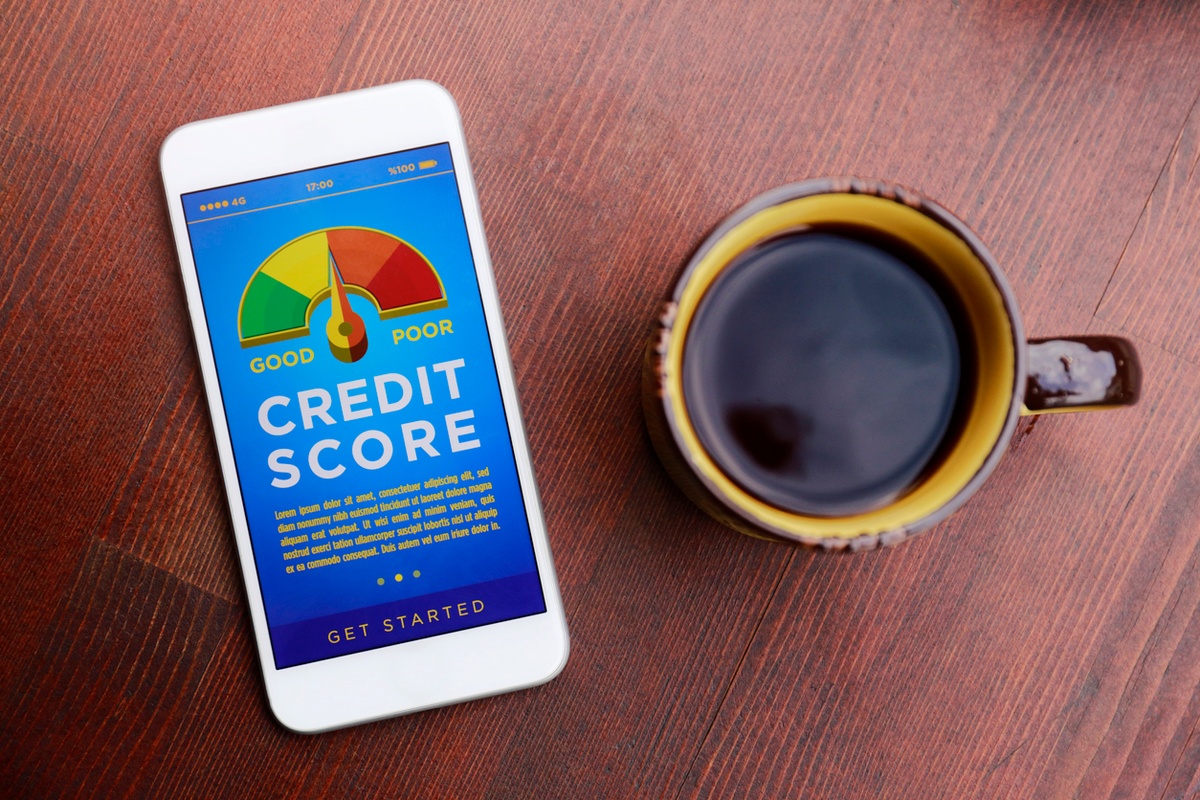When it comes to the amount of credit you have, there’s a lot to think about. From how it affects your credit score to how much is right for you, we’re here to explain it all.
Your credit limit is the amount of money you can borrow on a credit card. While this seems pretty straightforward, the way you handle your limit can actually affect your credit history.
Take a look at these credit limit need-to-knows:
You can ask to change it
Believe it or not, if you’re not happy with the amount of credit you have, you can request to increase or decrease it.
For example, if you’re concerned your limit is too high and you’re worried you’ll find it tricky to manage, you can simply ask your lender to reduce your limit to an amount you feel comfortable with.
On the other hand, if you think you can manage a bigger limit, you can ask your lender if they’d be willing to increase it. You’ll have a better chance of being accepted if you’ve been managing your credit responsibly for at least a few months – i.e. making all of your payments on time.
…but it could affect your credit report
If you do ask for a higher limit, the lender will take a look at your credit history to see if you can handle the extra credit. A hard search can leave a mark on your report, which other lenders will be able to see.
A high number of hard searches on your credit history can make you seem a bit credit-hungry, which might be a red flag for future lenders. To steer clear of hard searches, it could make sense to wait for your lender to offer you an increase first.
Bigger isn’t always better
A high credit limit can seem appealing. After all, why say no to extra credit if you can afford it?
However, if you have a disproportionately large limit compared to your income, a high limit could soon become a burden. The temptation to dip into more and more of your limit could lead to a huge balance which becomes impossible to clear – which is an expensive way to borrow.
Using less is more (for your credit score)
When it comes to how much credit you use, it’s good to only use some of your total limit. Credit reference agencies like Equifax typically recommend that using around 30% is good for your credit score.
To put this into practice, if you have one card with a credit limit of £1,000, you’d stick to spending around £300 of your limit for a healthy credit score.
If you have two credit cards with £1,000 each, your total available limit would then rise to £2,000. This means you could spend around £600 across both credit cards and you’d still only be using 30% of your overall credit limit.
This all boils down to your credit utilisation ratio. In other words, using less of your available credit makes you seem like a responsible borrower – because you’re not depending on lots of credit to support your finances.
Never go over it
If you tip over the edge of your credit limit, you could be hit with charges or fees. Plus, it could make your lender think twice about lending to you, which could lead them to reduce your limit or even cancel your account.
To save yourself the hassle, see if you can set up alerts with your bank when you’re reaching the edge of your credit limit.
Fancy learning more about credit limits? Take a look at our blog: Credit limit do’s and don’ts
Disclaimer: We make every effort to ensure content is correct when published. Information on this website doesn't constitute financial advice, and we aren't responsible for the content of any external sites.








